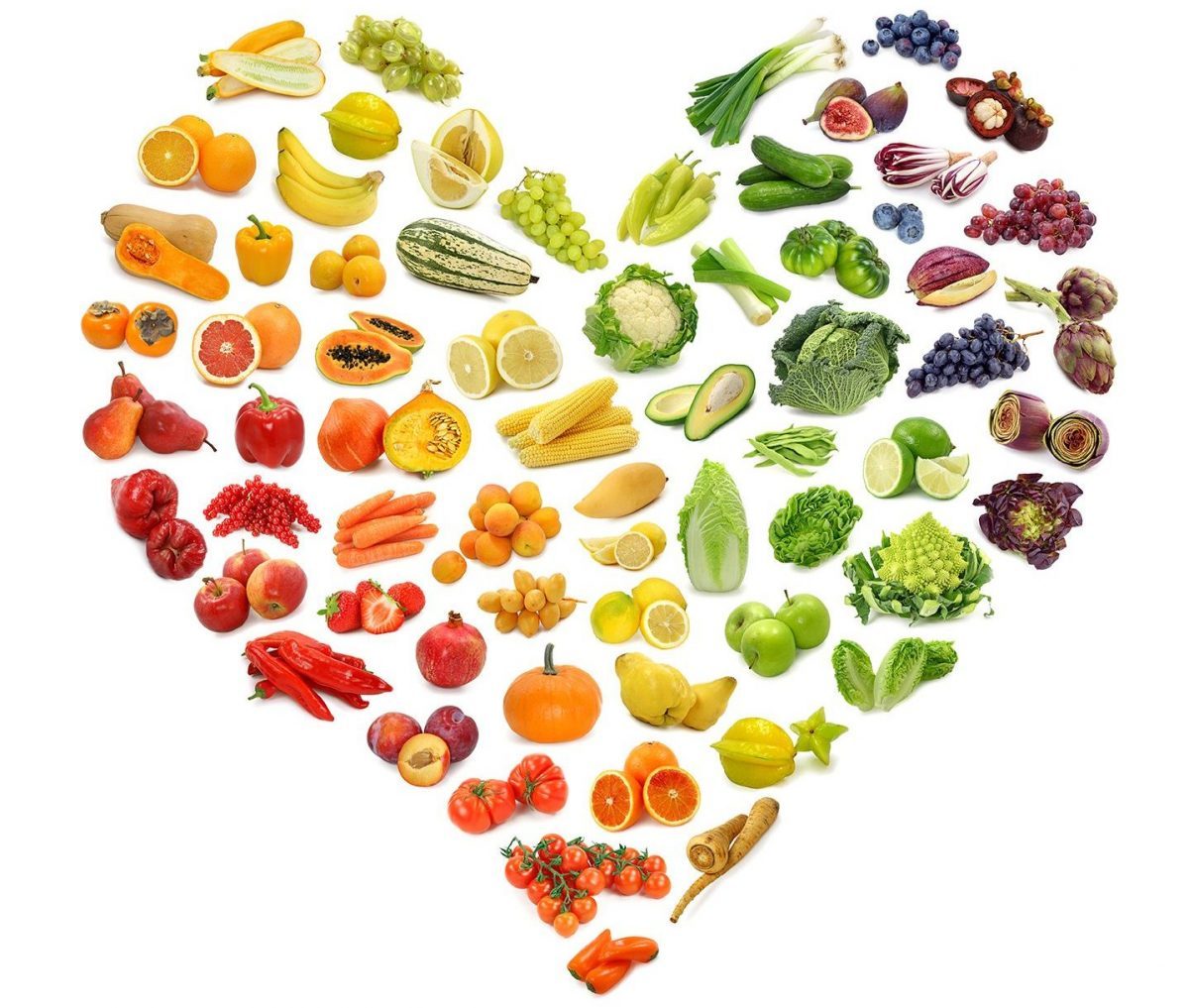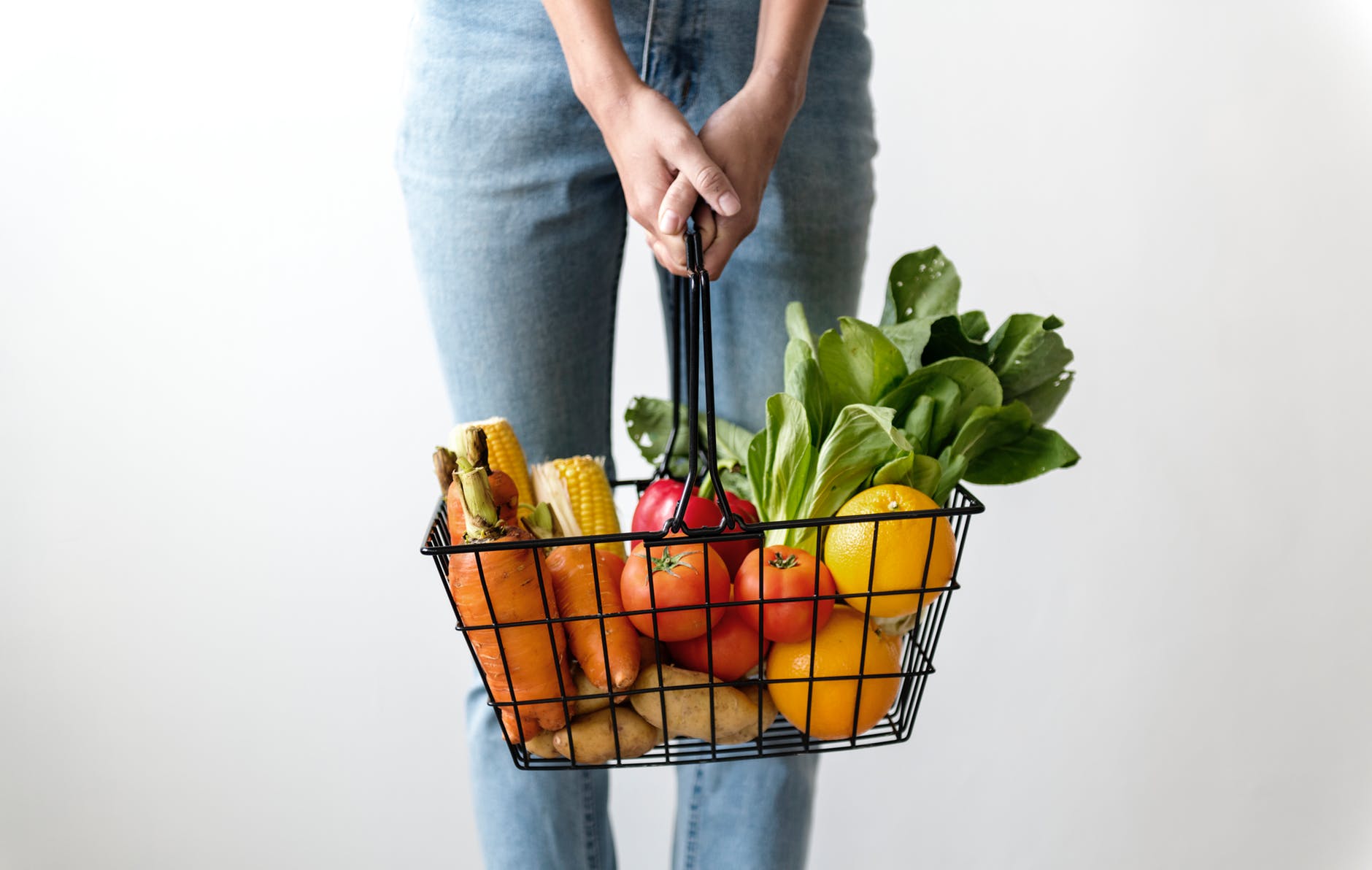As he indulged in a jumbo sugar-covered fried pastry, the athlete unabashedly remarked, “I’m skinny; I can eat this.” Well, the truth is even skinny athletes die suddenly of heart attacks and strokes. Heart disease is the number-one killer, ahead of cancer, and accounts for one in four deaths. No one can out-exercise a bad diet.
While we’ve all heard let food be thy medicine, the latest dietary advice from the American Heart Association (AHA) focusses less on individual foods (such as eggs, meat) and nutrients (fat, sodium) and more on lifestyle and dietary patterns. Given cardiovascular disease (CVD) starts in the womb, adopting heart-healthy eating patterns early and maintaining them throughout one’s life is important. Thankfully, the same food plan that invests in heart health invests in sports performance—as well as reduced risk of type II diabetes, mental decline, and environmental issues.
Below are the 2021 AHA dietary guidelines. Because these guidelines are targeted to the “general public,” athletes can appropriately make a few tweaks to support optimal sports performance.
1. Adjust energy intake and expenditure to achieve and maintain a healthy body weight.
Most athletes do a good job with weight control. Just remember, large portions of even “heart healthy” foods can contribute to weight gain.

2. Eat plenty of fruits and vegetables; choose a wide variety.
Fruits and veggies (F&V)—in particular, those with deep colors (such as peaches, berries, spinach, carrots)— offer natural vitamins as well as phytochemicals that improve heart-health. Many F&V are rich in potassium, which has been associated with lower blood pressure. Some F&V (such as arugula, Romaine lettuce, beets, rhubarb) are nitrate-rich and improve blood flow and aerobic performance.
If you have trouble including plenty of fresh F&V in your daily meals, make food prep easier by using frozen F&V. They offer more nutrients than the wilted produce that has been sitting in your refrigerator for several days. Frozen produce is ready to use, reduces food waste, and costs less than fresh. Stock up!
3. Choose foods made mostly with whole grains rather than refined grains.
The fiber in whole grains helps feed gut microbes that enhance the immune system and over-all health. While most of your breads, cereals, and pastas should be whole grain, eating refined grains at one meal a day will not undermine your health. That is, if you eat oatmeal for breakfast, whole wheat bread at lunch, and popcorn for a snack, eating white pasta for dinner fits within the guidelines that more than half your grains should be whole grains.
4. Choose healthy sources of protein: mostly protein from plants (legumes and nuts); fish and seafood; low-fat or fat-free dairy products instead of full-fat. If meat or poultry are desired, choose lean cuts, avoid processed forms
Plant protein is excellent for heart health: lentils, hummus, edamame, tofu, all beans and nuts. The more nuts and nut butters, the lower the risk of CVD and stroke!
The benefits of low-fat and fat-free vs full-fat dairy is controversial and continues to be debated. To date, the AHA reports full-fat yogurt and kefir are positive additions to your diet. Note: nut milk is actually nut juice—low in protein, lacking in nutrients. The better plant-based alternatives to dairy are soy milk or pea milk.
Processed meats (ham, hot dogs, bacon, sausage, pepperoni, salami) have a stronger link to CVD than lean red meats. The potential adverse effects of red meat on heart health have been attributed to a combination of factors, including saturated fat, heme iron, the gut microbiota, and metabolism of l-carnitine and phosphatidylcholine.
The AHA has historically limited eggs because of their high cholesterol content; currently there is no specific limit on dietary cholesterol. The question arises: Are eggs a contributor to CVD? Or is the bacon or sausage that accompanies the eggs the culprit? The intake of dietary cholesterol and saturated fat tend to increase in parallel (i.e., eating eggs with bacon and sausage). Dietary cholesterol itself is currently less of a nutrient of concern.
5. Use liquid plant oils rather than tropical oils (coconut, palm, and palm kernel), animal fats (butter and lard), and partially hydrogenated fats.
Replacing hard-at-room-temperature saturated fats (butter, coconut oil) with soft-or-liquid polyunsaturated fat (corn oil, walnuts) and monounsaturated fat (olive, canola oil, peanut butter) has robust scientific evidence of protecting against heart disease by lowering bad LDL cholesterol. This reduces the risk of developing heart disease. In comparison, coconut oil has a high saturated fat content; it raises LDL cholesterol, with little evidence of positive health benefits.

6. Choose minimally processed foods instead of ultra-processed foods.
Ultra-processed foods (ramen noodles, cheese curls, commercially baked cookies) are easy to over-consume! Choose more minimally processed, if not unprocessed foods, such as homemade granola bars and trail mix made with nuts & dried fruit.
7. Minimize intake of beverages and foods with added sugars.
Sugar comes in many forms: glucose, dextrose, sucrose, corn syrup, concentrated fruit juice, honey, and maple syrup. The same athletes who scrutinize food labels for added sugar often consume lots of sport drinks, gels, and chomps. Simple-to-digest sugar is actually what your body needs during extended exercise, when the theme is survival and not good nutrition. Sugar becomes a problem when athletes skip wholesome meals, get too hungry, start to crave sugary foods, and then eat the whole plate of cookies. Preventing hunger is the key to preventing cravings for sugary foods. Eating a hearty protein-rich breakfast can set the stage for reduced sugar cravings towards the end of the day.
8. Choose and prepare foods with little or no salt.
In general, reduced salt intake is linked with reduced blood pressure. That said, most athletes have low blood pressure. They also lose salt (more correctly, sodium) in sweat. Athletes who sweat heavily can appropriately replace sodium losses by eating salty foods. The leading sources of dietary sodium are processed, restaurant, and packaged foods. If your sports diet is mostly unprocessed foods, it can be low in sodium. If you find yourself craving salt, eat salt!
9. If you do not drink alcohol, do not start; if you choose to drink alcohol, limit intake.
The link between alcohol intake and heart disease is complex, depending on how and how much you drink. Athletes are known to drink more alcohol than non-athletes. Alcohol has negative effects not only on heart-health, but also athletic performance and is linked to injuries, violence, digestive diseases, poor pregnancy outcomes, and cancer.
10. Adhere to this guidance regardless of where food is prepared or consumed.
Because so many athletes buy takeout foods, healthy eating patterns need to apply to both meals prepared in and outside of home. Occasional treats are fine; just be sure they are not the norm.
By following the above guidelines, you will be taking steps towards a lifetime of better health, which means better quality of life and happiness. Be wise, choose your foods wisely, and enjoy your active lifestyle.
Nancy Clark MS RD CSSD counsels both fitness exercisers and competitive athletes in the Boston-area (Newton; 617-795-1875). Her best-selling Sports Nutrition Guidebook is a popular resource, as is her online workshop. Visit NancyClarkRD.com for more info.
Reference: Dietary guidance to improve cardiovascular health: a scientific statement from the American Heart Assoc. Circulation, 2021; 144
